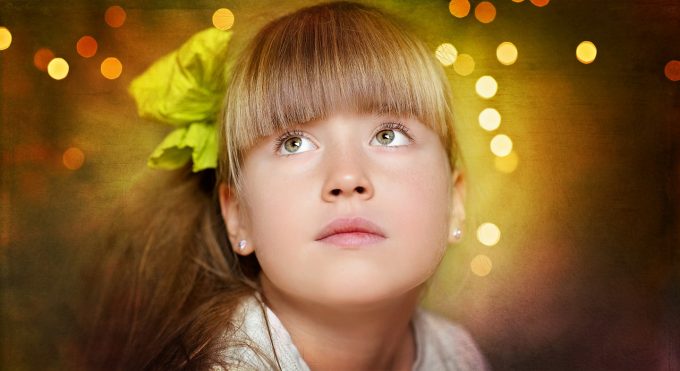As a novelist who’s been vegetarian for 16 years (vegan for almost six), I spend a lot of time thinking about the dietary choices of imaginary people. Looking back on my debut novel, Mary Modern—in which the most sensible, take-no-crap character is vegan—it seems obvious that part of me was ready for this lifestyle, though it would be several more years before I connected all the dots. “How did you manage to make that roast chicken dinner sound so delicious?” a friend asked after reading Mary Modern. “Didn’t it make you hungry?”
Not remotely. But I can’t make all my characters vegan from the get-go because they need to learn something over the course of the story—and, yes, as in real life, many of them aren’t going to see what’s staring them in the face.
That’s why I decided on a not-at-all subtle allegory for my first novel after going vegan—I hoped I could make my point without any readers feeling as if they were being judged or preached to. Bones & All, a novel about teenage cannibals, reframes meat eating as flesh eating, though the result is a horror story many readers would rather take at face value. (A teenage girl who eats all her boyfriends! Hilarious!) The novel has resulted in at least one reader going vegan so far, though, and I’m calling that a win.
In my forthcoming children’s fantasy novel, The Boy From Tomorrow, eleven-year-old Alec and his mom have moved to a new town and adopted a vegan diet as a way of giving themselves a fresh start after his parents’ divorce—which is not the best reason, of course, but many dietary vegans consider the animals and our planet a little later on. Alec is happy to devour the results of his mother’s culinary experiments, and recognizes the narrow-mindedness of a “friend” who makes fun of his Tofurky sandwiches. Hopefully Alec and his mom will make veganism feel more familiar and accessible to young readers.
I also want to draw a contrast between the way we eat now (or at least aspire to eat) versus how our ancestors ate a century ago, because we are making progress. The premise of The Boy From Tomorrow is this: Alec discovers a Ouija board in an antique cabinet, and finds himself talking to the girls who lived in his house a hundred years before—they’re not ghosts, though. Josie and her little sister Cass are as alive in their own time as Alec is now. While the girls aren’t familiar with the concept of vegetarianism (despite their mother being a renowned spiritualist medium), they’re relatively aware of animal suffering and sympathize with every creature they encounter—or imagine encountering, as in this scene inspired by the exotic pet department at Harrods:
Cass was busy at the school table, and Josie went over to look at four drawings spread across the desk. “See,” said Cass, “this is the big London store with all the animals in their cages, and this is Mr. Berringsley buying the tiger and walking it home to his flat, and here is the tiger sleeping in the bathtub, and here is the tiger getting angry for being kept on the leash and eating Mr. Berringsley for breakfast.”
This vignette is amusing, yes, and it gives a sense of the little girl’s vibrant personality. But Cass’s drawing chiefly serves to cast the girls’ own situation into sharp relief: they are trapped in their house with their physically and psychologically abusive mother, and Cass is expressing her own fear and frustration without even knowing it. The suffering of animals, women, and children is interconnected, a point so-called “intersectional” feminists must grow to acknowledge.
Veganism may not be integral to the plot of The Boy from Tomorrow, but I’m fascinated to reread the manuscript and notice all the ways I’ve subconsciously woven it through the story. I’ll write a line like “the remains of their chicken salad” and only notice upon rereading the pointedness of that word choice: remains.
These days every new novel idea I come up with features a vegan character, or at least has a point to make about compassionate eating. Fictional people can dare to do things readers may at first find intimidating, unfeasible, too challenging, even “impossible”—but the further readers venture into the story, the more possible it will seem to live a kinder and healthier life.
 Camille DeAngelis is a novelist and travel writer whose most recent book is Life Without Envy: Ego Management for Creative People. She is currently working on a follow-up book about the creative benefits of veganism. Connect with Camille online on Twitter, Instagram, Facebook, or on her blog, Comet Party.
Camille DeAngelis is a novelist and travel writer whose most recent book is Life Without Envy: Ego Management for Creative People. She is currently working on a follow-up book about the creative benefits of veganism. Connect with Camille online on Twitter, Instagram, Facebook, or on her blog, Comet Party.

